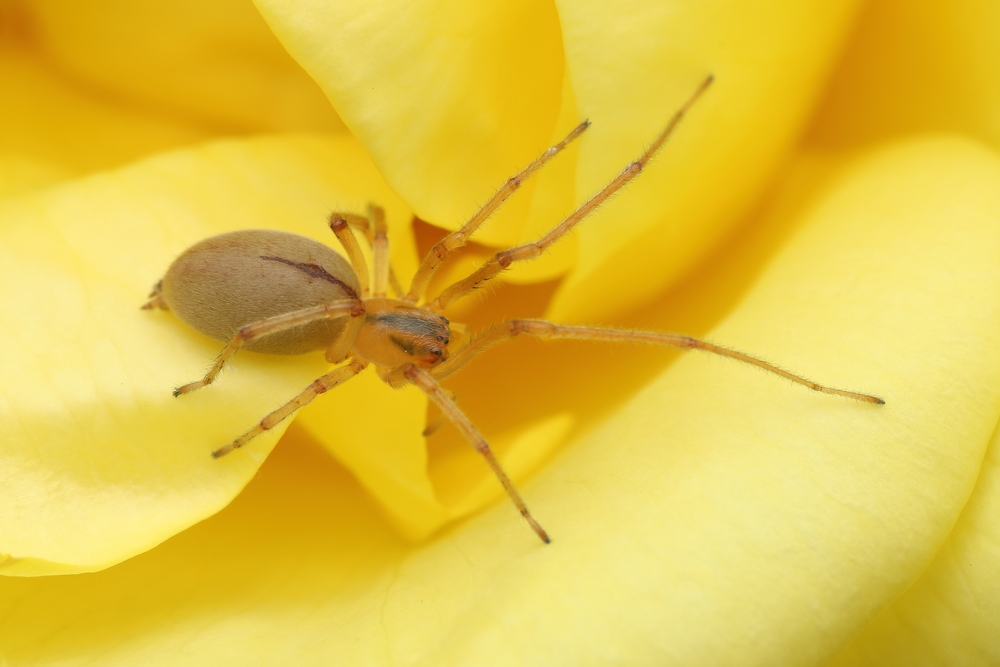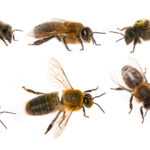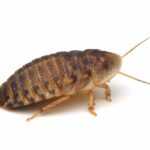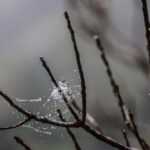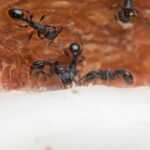Yellow Sac Spiders: Identification, Symptoms, and Prevention
Yellow sac spiders are common unwelcome guests in homes during the autumn and winter months. Despite their small size, these arachnids have a big impact through their hunting skills and occasional bites. This article dives into the fascinating world of yellow sac spiders, covering how to identify them, understand their bite symptoms, and protect your home effectively.
- Yellow sac spiders have pale yellow-beige bodies marked with orange-brown stripes, giving them a stealthy, ninja-like look in the spider realm.
- These natural pest controllers feed on insects, other spiders, and various arachnid prey, helping keep your home and garden balanced.
- Their venom causes localized pain, swelling, and irritation, but symptoms are typically mild and manageable with simple home remedies.
- Prevention involves sealing entry points and regular inspections; professional pest control may be necessary for persistent infestations.
About These Spiders
The genus Cheiracanthium includes two North American yellow sac spider species: Cheiracanthium inclusum, a native species, and Cheiracanthium mildei, an introduced species from Europe that thrives in human-made structures. While known for their biting behavior, these spiders also serve as beneficial helpers by controlling insect pest populations.
Unlike jumping spiders, yellow sac spiders remain grounded but are expert climbers and sprinters. Females measure 5-10 mm, with smaller, slender males. Their pale yellow-beige bodies, accented by distinctive orange-brown stripes, make them stand out—if you catch a glimpse.
These nocturnal hunters hide in silken sacs by day and emerge at night to stealthily pursue insects and rival spiders.
Appearance Details
These small creatures are masters of subtlety. Their yellow to yellow-beige bodies sport a distinctive orange-brown stripe running along the abdomen. C. mildei specimens often show a faint greenish tint, adding to their mysterious allure.
With eight eyes arranged neatly in two horizontal rows, these spiders have excellent vision despite their size. Their dark brown jaws and legs are perfect hunting tools, while specialized scopulae on their feet allow them to cling and sprint across walls and ceilings. Their long, thin fangs penetrate human skin, causing their notorious bites.
Typical Habitats
Indoors, yellow sac spiders favor warm, quiet spots such as wall-ceiling corners, behind furniture, basements, and attics. They build silken sacs—tiny silk tents—that often go unnoticed but signal their presence. These spiders are nomadic, rebuilding sacs as they adapt to changes in their environment.
Outdoors, they thrive under trees, foliage, leaf litter, stones, rolled leaves, and boards—ideal hunting and hiding spots. Monitoring these areas helps catch infestations early.
Diet and Hunting
Yellow sac spiders are carnivorous hunters with a broad diet. They prey on other spiders, garden pests, cockroaches, and various insects. Unlike web-spinning spiders, they actively hunt at night, using darkness as cover. Their diet even influences their coloration, sometimes producing reddish or greenish hues reflecting their recent meals.
These natural pest controllers reduce the need for chemical pesticides, benefiting your local ecosystem.
Understanding Their Bites
When bitten, you’ll feel a sudden sharp pain followed by redness, swelling, and itching at the site. Their venom contains cytotoxic properties, occasionally causing mild skin lesions. The bite often shows two small red bumps—like twin badges of honor marking the encounter.
Most bites cause brief discomfort, but some individuals may experience headaches, nausea, or allergic reactions as other symptoms.
How to Treat Bites
If bitten, clean the area thoroughly with soap and water, then apply hydrogen peroxide to disinfect. Use an ice pack to reduce swelling and pain. Over-the-counter anti-inflammatory medications can help manage discomfort. Avoid scratching to prevent infection.
Seek medical help if symptoms worsen, infection signs appear, or systemic reactions like fever or muscle cramps occur. Doctors may prescribe topical corticosteroids if necessary.
Safety and Risks
While yellow sac spiders are venomous and can bite humans, they pose little danger. Serious tissue damage is extremely rare, and most bites heal without complications. These shy spiders bite only in defense or by accident.
Comparison with Brown Recluse Spiders
Yellow sac spiders are often mistaken for brown recluse spiders due to their similar pale coloring. However, yellow sac spiders lack the brown recluse’s distinctive fiddle-shaped marking and are generally larger.
Brown recluse venom causes necrotic wounds, while yellow sac spider bites produce only mild, localized skin reactions. Brown recluses prefer undisturbed indoor areas, whereas yellow sac spiders are more common in outdoor gardens and human-made structures.
Preventing Infestations
You can keep yellow sac spiders at bay by sealing cracks and gaps around doors, windows, pipes, and vents. Regular vacuuming of silken sacs and egg masses—especially in corners where walls meet ceilings—helps reduce their numbers.
Use a vacuum with disposable bags and discard the bag outdoors to prevent reinfestation. For persistent problems, professional pest control services offer specialized treatments and expert advice.
Distribution and Lifecycle
Cheiracanthium inclusum inhabits all U.S. states except the coldest northern regions. C. mildei has spread widely across North America, thriving in human-made environments like homes and offices. Several Cheiracanthium species also exist in Australia, but verified bites there rarely cause serious medical issues.
Female yellow sac spiders build small silk egg sacs during summer, guarding them until spiderlings hatch. The young spiderlings stay close briefly before venturing out at night to hunt, returning to their silken shelters by day. Their nocturnal habits increase encounters with humans and potential bites.
Managing a Spider Problem
Early detection and prompt action are key to managing infestations. Regularly inspect typical hiding spots and remove sacs and egg masses to keep populations down. Persistent infestations require professional pest control for safe and effective elimination.
Frequently Asked Questions
Do Yellow Sac Spiders Jump?
No, yellow sac spiders do not jump. They rely on climbing skills and quick movements to navigate ceilings and walls but do not leap to attack prey or humans.
Are Yellow Sac Spiders Poisonous?
They are venomous but not poisonous. Their venom helps subdue prey and causes painful bites in humans, but these bites are rarely serious or fatal.
What Do Yellow Sac Spiders Look Like?
They have pale yellow to light yellow-beige bodies with orange-brown stripes running lengthwise on their abdomen. Some show a faint greenish tint. They have eight eyes in two horizontal rows, dark brown jaws and legs, and specialized feet for climbing.
Where Do Yellow Sac Spiders Live?
They live indoors and outdoors. Indoors, they prefer corners where walls meet ceilings, behind furniture, basements, and attics. Outdoors, they inhabit trees, foliage, leaf litter, stones, rolled leaves, and boards.
What Should I Do If Bitten by a Yellow Sac Spider?
Clean the bite area with soap and water, apply hydrogen peroxide and ice packs to reduce pain and swelling, and avoid scratching. Seek medical attention if symptoms worsen or if infection or systemic reactions develop.
How Can I Prevent Yellow Sac Spider Infestations?
Seal cracks and gaps around doors, windows, pipes, and vents. Regularly vacuum silken sacs and egg masses in corners where walls meet ceilings. Consider professional pest control services for persistent infestations.
